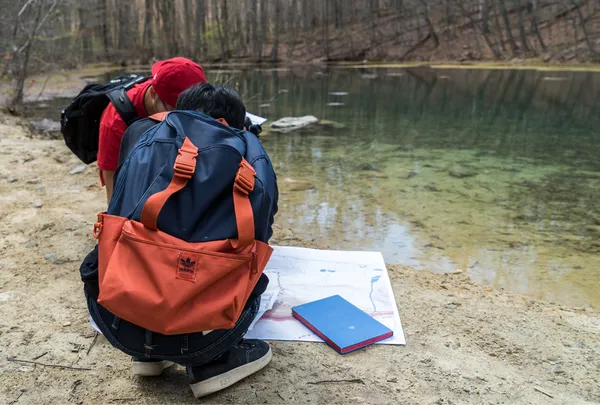School of Architecture, Planning & Preservation
Maryland’s Built Environment School

Why Architecture, Planning and Preservation
Across the programs of the School of Architecture, Planning and Preservation (MAPP), students discover new approaches to design intuitive, beautiful buildings, plan walkable neighborhoods, tackle the impacts of climate change on the built environment, preserve historic treasures and develop vibrant downtowns. Through interdisciplinary collaboration, hands-on learning, materials and methods experimentation, community engagement and professional development, MAPP graduates leave UMD armed with the insight and ingenuity to create just, thriving places. We are the future of the built environment professions.
Why Now
Now is the moment to invest in the future of our communities.
By giving today to the School of Architecture, Planning and Preservation, you make an immediate impact—providing scholarships that open doors for students, funding innovative studios that explore how we design, plan, and preserve the places where we live and work and equipping tomorrow’s leaders with the tools and technology they need to strengthen our neighborhoods and cities. Every gift made now fuels momentum, inspires others to give and ensures our students are prepared to create vibrant, inclusive and resilient communities for generations to come.

MAPP students learn and develop skills to create innovative, sustainable environments that respond to the needs of people, foster vibrant communities and generate meaningful economic impact.
Dawn Jourdan
Dean, School of Architecture, Planning & Preservation
Our Priorities
We Build Better
By combining hands-on learning with groundbreaking research, we empower students and scholars to shape thriving, just and resilient places.

Achieving educational excellence requires keeping pace with the demands of the profession and the school’s rapid growth. Through state-of-the-art and flexible learning spaces, new technology and ample resources, we envision MAPP’s new home as a hub for tackling the social, economic and environmental challenges of a rapidly changing world.
A Greater Space

Artificial Intelligence is radically changing how we will design, create, build and plan the dynamic cities of the future. Leveraging external partnerships and a legacy of interdisciplinary practice, MAPP’s AI Center for the Built Environment will educate and train students and professionals to harness the power of AI to advance our professions and offer a proving ground for advanced technology, fabrication, diagnostics and standards to foster sustainable, healthy places.
AI Center for the Built Environment

Since 2013, UMD’s Partnership for Action Learning in Sustainability—or PALS—program, has harnessed faculty expertise and student ingenuity to tackle real-world challenges facing Maryland communities. These unique university-community partnerships have developed hundreds of low-cost solutions for economic, environmental and social sustainability challenges—from eradicating invasive species to developing revitalization plans in area downtowns. For students, the hands-on, dynamic projects sharpen their professional skills and allow them to leverage new knowledge to create impact.
Advancing Experiential Learning
